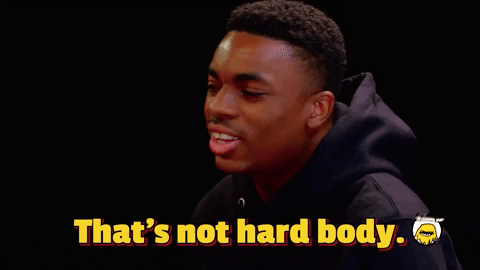- VerseTaku
- Posts
- Vince Staples' FM! and Samurai Champloo: The FM Waves of Edo
Vince Staples' FM! and Samurai Champloo: The FM Waves of Edo
Vince Staples' FM! thrums with the sharp beats and quick lyrics that capture the essence of a West Coast summer as perceived through the lens of radio broadcast. It’s an album that pulses with narratives interwoven between track skits, musing on daily life, culture, and the environment that Staples navigates. Samurai Champloo, on the other hand, mingles the Edo period's stoic samurai tradition with modern hip-hop culture, in a style famously known as chanbara hip-hop. The story follows three characters, each with their own unique strife, joining paths in an anachronistic journey defined by sword fights and the search for the samurai who smells of sunflowers.

Unveiling Common Themes: Identity & Society's Fabric
Both FM! and Samurai Champloo delve into the concept of identity within society. Staples’ explores the variegated fabric of life in Long Beach, confronting societal expectations and the influence of the environment on personal growth. Likewise, Samurai Champloo dissects the characters' search for place and purpose in a changing world where traditional values clash with emergent cultures.
"Don't tap into the stereotypes, 'cause the aerial type might vary in life." - Vince Staples, FM!
Interplay of Sound and Vision: Artistic Expression
The percussive beats and Staples' fluid cadence parallel the sharp, kinetic energy of Samurai Champloo's swordplay and bustling Edo landscapes. The album’s soundscapes serve as a modern-day score to the anime’s narrative, where characters swing between contemplation and action, much like the album fluctuates between introspective tracks and vibrant hits.
The visual grit and dynamic use of color in the anime resonate with the raw, atmospheric quality found in FM!'s production. Both create immersive worlds through a unique blend of the contemporary and the historical, where the streets of Long Beach echo in the alleys of Edo.
Vince Staples’ FM! presents tales of joy, fear, and survival that echo the emotional journeys of Samurai Champloo's protagonists. Fans feel the push and pull of the rapper's struggles navigating fame, streets, and systemic challenges, a reflection of the anime’s trio confronting their past and future.
These narratives sparked discussions on resilience, the influence of upbringing, and the bonds forged through shared adversity. The emotional weight of both Vince Staples and Samurai Champloo leaves a lasting impression, engaging fans in conversations about life's broader themes.
Echoes of Words and Rhythms: Quotes and Lyrics
"Because the one I am, a monster sometimes." - Vince Staples, FM!
This line mirrors the inner conflict of Samurai Champloo’s characters, who grapple with their nature and the question of who they are beneath their societal roles.
By mixing dialogue and lyrics, it’s seen how both Vince Staples and Samurai Champloo contextualize the internal battles faced by individuals within a larger societal framework, presenting diverse perspectives on what it means to belong.
Reflections: Beyond the Sound and the Fury
Vince Staples’ fans can find in Samurai Champloo a visually and conceptually rich tapestry that complements FM!'s audible storytelling. Anime enthusiasts, in turn, can experience a resonant soundtrack for the Champloo universe in Staples' work. This exploration uncovers a shared artistic vision – one that challenges and entertains, inviting audiences to venture deeper into the complex layers of narrative and sound.
By analyzing these cross-medium parallels, it becomes evident that these forms of artistic expressions, despite their surface differences, share a profound underlying connection that enriches the audience's experience of both. The FM Waves of Edo and Vince Staples’ FM! reveal that the journey navigating one's identity and experiences in society resonate deeply across time and art forms, creating a timeless dialogue between music and visual narrative.